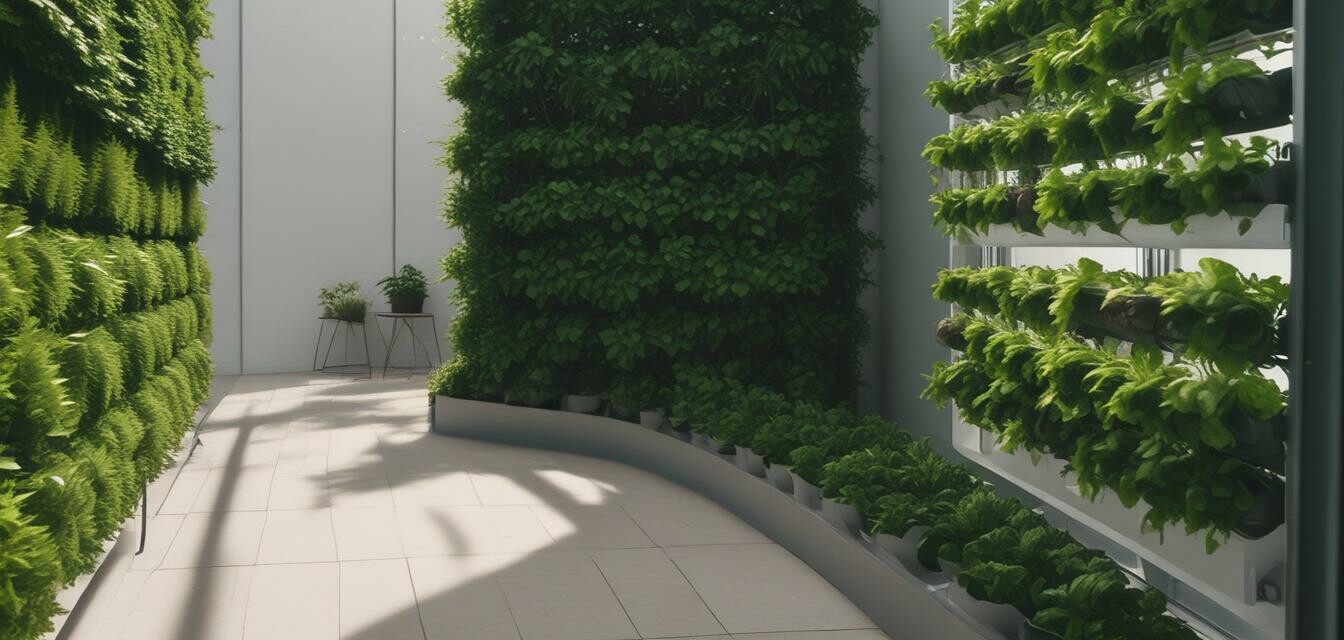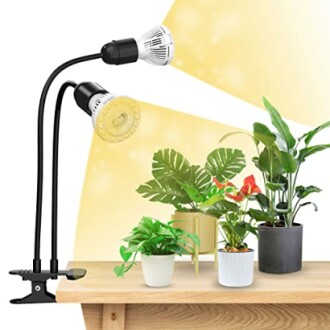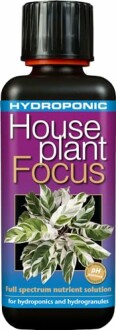
Best Practices for Vertical Hydroponic Systems
Key Takeaways
- Vertical hydroponic systems maximize space and increase yield in urban environments.
- Proper lighting, nutrients, and water management are essential for thriving plants.
- Regular maintenance and careful monitoring of pH levels ensure plant health.
- Choosing the right plants is crucial for a successful vertical hydroponic garden.
Vertical hydroponic systems offer city dwellers a fantastic way to cultivate fresh produce and beautify their balconies. By growing plants vertically, you can save space while creating a stunning green display. In this article, we will explore the best practices for setting up and maintaining vertical hydroponic systems, ensuring you can enjoy a productive and visually appealing garden.
Understanding Vertical Hydroponics
Vertical hydroponics is a method of growing plants in a soil-less environment, using mineral nutrient solutions in a water solvent. By utilizing vertical structures, it allows you to maximize limited space, making it very suitable for urban living.
The Benefits of Vertical Hydroponic Systems
- Efficient use of small spaces
- Greater yields per square foot compared to traditional gardening
- Easier pest management
- Less water usage compared to conventional gardening
Setting Up Your Vertical Hydroponic System
Essential Components
To create a successful vertical hydroponic system, you'll need the following components:
| Component | Description |
|---|---|
| Grow Lights | Provide necessary light for photosynthesis, especially in low-light environments. |
| Nutrient Solution | A balanced mix of essential plant nutrients for optimal growth. |
| Water Reservoir | Stores water and nutrient solutions that feed the plants. |
| Growing Containers | Holds the plants in place; can be pots, towers, or racks. |
| Support Structure | Framework to support the growing plants vertically. |
Selecting the Right Location
Choose a location that receives at least 6-8 hours of indirect sunlight daily. If natural light is limited, consider using artificial grow lights. A south-facing balcony is usually ideal.
Choosing Plants for Hydroponics
Not all plants are suitable for hydroponic systems. Here is a list of ideal plants for your vertical hydroponic setup:
- Lettuce and other leafy greens
- Herbs like basil, mint, and cilantro
- Strawberries
- Cherry tomatoes
- Peppers
Best Practices for Maintenance
Water and Nutrient Management
Maintaining the right water and nutrient levels is critical. Regularly check the pH and nutrient concentration of the solution. Ideal pH levels range from 5.5 to 6.5 for most vegetables.
Lighting Practices
Invest in efficient grow lights, such as the SANSI 300W LED Grow Lights with full-spectrum capabilities. These lights mimic natural sunlight and are energy efficient.
SANSI 300W LED Grow Lights
Full-spectrum light promoting faster growth with a sleek design. Energy-efficient and perfect for indoor setups.
Learn MorePest Management
Regularly inspect your plants for any signs of pests or diseases. Use organic solutions for pest control and practice good hygiene in your gardening space.
Tips for Successful Vertical Hydroponics
Beginners Section
- Start with easy-to-grow plants until you gain more experience.
- Use a timer for lights to ensure that plants receive consistent light exposure.
- Monitor water levels regularly to prevent over or under-watering.
- Experiment with different nutrient formulas to find what works best for your plants.
Benefits of Hydroponic Nutrients
For those new to hydroponic gardening, consider using specialized nutrients like Hydroponic Houseplant Focus to provide all essential nutrients in a simple and effective manner.
Hydroponic Houseplant Focus 300 ml
Formulated for optimal hydroponic growth with all essential nutrients. Simple to use for healthy plants.
Learn MoreConclusion
Vertical hydroponic gardening not only maximizes your gardening potential but also makes urban living vibrant and sustainable. By following these best practices and tips, you can create a thriving garden on your balcony that enhances your living space. For more information about designing your balcony garden, check out our article on Balcony Garden Design Ideas. Happy gardening!

